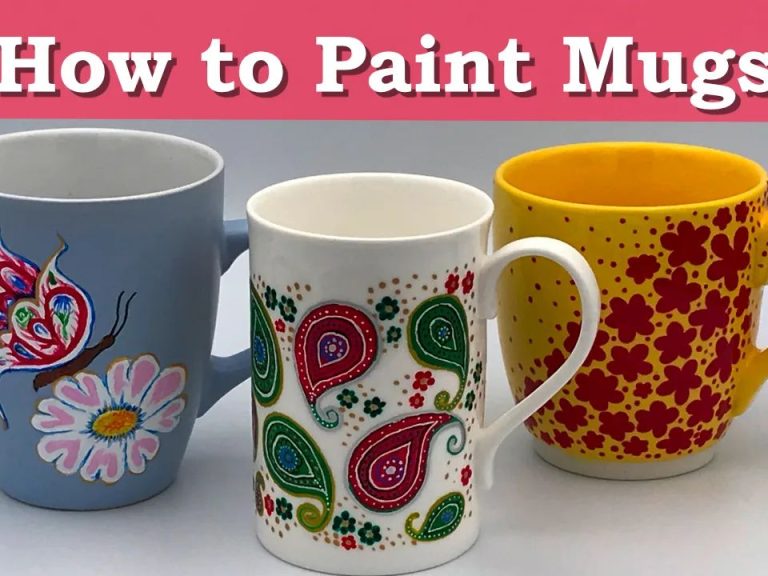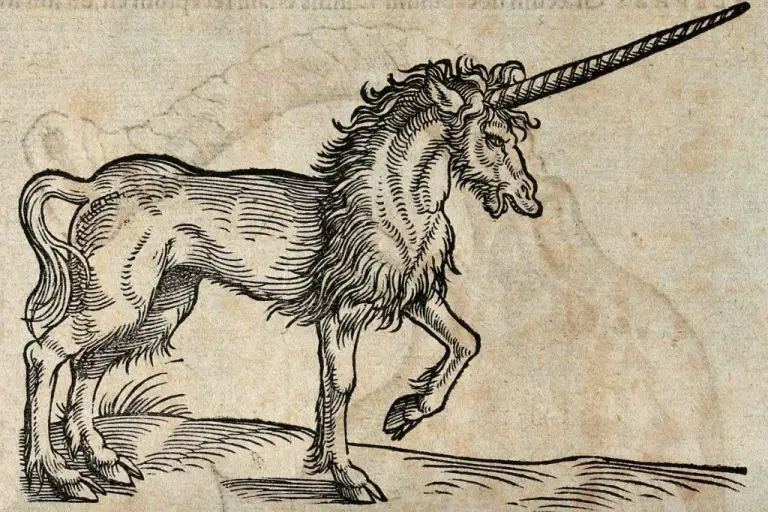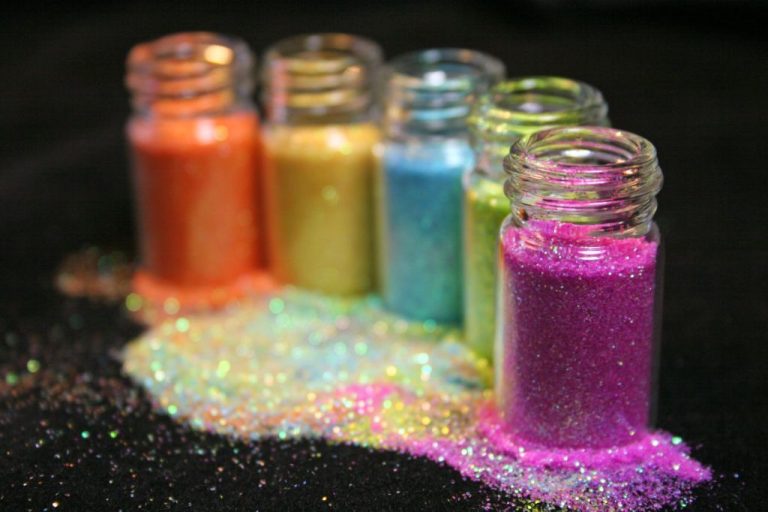How Do You Make Animals Out Of Air Dry Clay?
Air dry clay is a modeling material made of clay and other natural ingredients like cellulose. Unlike traditional pottery clays, it air dries to a hard finish and doesn’t require baking. Air dry clay is an accessible, fun medium for creating ceramic animal sculptures without the need for a kiln.
Making animals out of air dry clay allows endless creativity and imagination. With simple hand sculpting techniques, crafters of all skill levels can shape creatures both real and imagined. The lightweight nature of air dry clay makes it easy to sculpt fine details like feathers, fur, scales, and more. Vibrant paints bring the animals to life. The finished animal sculptures make charming decorations, gifts, or keepsakes.
Supplies Needed
To get started sculpting animals out of air dry clay, you’ll need the following supplies:
-
Air dry clay – This special modeling clay dries to a hard finish at room temperature without needing to be baked. Popular brands include Crayola Model Magic and Activ-Clay.
-
Clay sculpting tools – These can include loop tools, clay shapers, sculpting knives, and dotting tools to help shape, smooth, carve, and texture the clay.
-
Acrylic paints – Once baked, the air dry clay sculpture can be painted with acrylic craft paints. Both gloss and matte finishes work well.
-
Paint brushes – An assortment of brush sizes and shapes is useful for painting the sculpture. Detail brushes are great for small areas.
With these basic supplies, you’ll have everything you need to start sculpting your own air dry clay animals.
Planning Your Sculpture
Before you start sculpting with air dry clay, it’s important to spend some time planning your sculpture. The planning stage will help set you up for success as you bring your animal sculpture to life.
First, decide which animal you want to sculpt. Consider sculpting your pet, favorite animal, or an animal that has personal meaning to you. If you need inspiration, look at photos of animals online or in books and magazines.
Next, sketch your animal or find reference photos to use. Having a visual reference will help immensely when sculpting the proportions and features. Print out a photo or have your sketch handy as you work.
Consider the size and posing of your sculpture. Will it be a small desk sculpture or a larger decorative piece? Determine the size based on the amount of clay you have and your skill level. Also decide if you want the animal to be seated, standing, sleeping, etc. This will impact the sculpting process.
With your animal choice, references, and size/posing in mind, you’ll be ready to start sculpting your air dry clay creation!
Once you have your base of clay formed, it’s time to start sculpting your animal. Here are some key techniques for sculpting with air dry clay:
Sculpting Techniques
Kneading and conditioning the clay is an important first step. Knead the clay well, without overworking it, until it becomes uniformly pliable. This prevents cracking and breakage later.
Shape the basic form by pinching, pulling, smoothing, and carving the clay. Form the head, body, legs and other main parts. Work gradually and carefully. Let the sculpture take shape organically.
Add details and texture to bring your sculpture to life. Use clay sculpting tools or household items to add fur, scales, feathers, etc. Make patterns, lines, indentations to show realistic animal features. Work slowly and carefully.
Creating Surface Texture
Air dry clay sculptures come to life once you’ve added realistic surface textures. There are many techniques you can use to give your clay animals a furry, feathery or scaly texture:
Using sculpting tools: Use the edges of sculpting tools like wooden skewers, dull butter knives, or chopsticks to etch lines into the clay to resemble fur, feathers, or scales. Make the lines close together for a more realistic effect. Gently scrape clay away in areas to create a rough, varied texture.
Adding patterns: Press everyday household objects into the clay to create patterns. Try things like combs, forks, bottle caps, seashells, leaves, or netting. You can also use rubber stamps made for clay to quickly add feather and scale patterns.
Experiment with crossing lines etched with tools and imprints made with found objects to achieve really unique and natural looking textures for any animal.
Baking the Sculpture
Once your clay sculpture is fully formed, you’ll need to bake it in the oven to harden and cure the clay. Proper baking is important to ensure your sculpture retains its shape and doesn’t become brittle or cracked. Be sure to allow adequate drying time before baking. Air dry clay requires 24-48 hours to fully dry at room temperature. Rushing the drying and baking process can cause flaws and cracks in the finished piece.
Follow the package instructions for proper baking temperature and duration. Air dry clays are typically baked at temperatures between 130°F and 275°F for 15 minutes to 1 hour or more, depending on the size and thickness of your sculpture. Place your sculpture on a cookie sheet or baking pan before putting it in the oven. The higher the baking temperature, the stronger your finished piece will be. However, going above the recommended temperature can cause bubbling or burning. It’s better to bake a little longer at a slightly lower temp than to overbake the clay.
Once baked, allow your air dry clay sculpture to cool fully before handling and applying any paint or clear coatings. Baking helps set the shape and harden your creation into a durable, lightweight work of art ready for display.
Painting
After the air dry clay sculpture has been baked and cooled, it is ready to be painted. Proper painting helps bring out all the details of your sculpture.
First, you’ll want to prime your sculpture. This involves coating it with a primer like gesso or polymer gloss. Priming creates a smooth, uniform surface for the paint to adhere to. Make sure to let the primer dry fully before painting.
For the paint, acrylic paints are a good choice. They come in many colors and dry quickly. You can thin them with water for a transparent look or use them straight from the bottle for good coverage. Acrylics also provide a protective finish when sealed with a topcoat.
When painting the sculpture, use soft, synthetic bristles for control and to avoid brush strokes. You can use basic brush techniques like stippling, dry brushing, washing and blending to add color and texture.
Apply multiple thin layers of paint rather than one thick coat. Let each layer dry before adding the next. This helps avoid drips and uneven coverage. Pay attention to hard to reach areas so all sides of the sculpture get painted.
Take your time painting and follow your inspiration. Varying the colors, tones and textures across your sculpture brings it to life. The painting stage is very rewarding, as you watch your clay creation transform with color!
Clear Coating
The final step is applying a protective clear coat over the painted sculpture. This seals the paint and provides a glossy finish.
There are a couple options for clear coats. Polymer gloss or acrylic sealer work well for air dry clay. You can find these products at craft stores or online.
It’s best to apply multiple thin coats instead of one thick coat. 2-3 thin, even layers allow the clear coat to fully cure and dry between coats. This prevents cracking or clouding.
Lightly sand the sculpture with fine grit sandpaper before the first coat. This helps the clear coat adhere. Apply the first coat in a ventilated area following the product directions. Let it dry completely. Gently sand again and wipe away any dust. Then apply a second coat and let fully dry before adding a final coat.
The clear coat not only protects the paint, but also gives the sculpture a glossy, professional-looking finish. Be patient and allow proper drying time between coats for best results.
Displaying the Finished Sculpture
Once your air dry clay sculpture is complete, you’ll want to display it properly to show off your handiwork. Here are some tips for mounting and protecting your finished sculpture:
Mount your sculpture on a sturdy base or stand. This adds stability and helps the sculpture feel more complete as an art object. Wood, metal, thick cardboard, and acrylic can all make good bases. Secure the sculpture with strong adhesives like epoxy or super glue. Place some padding like felt between the sculpture and base so they don’t scratch each other.
If your sculpture is unsealed, be mindful of dust and sunlight exposure. Dust can discolor unsealed clay over time. Direct sunlight can also fade pigments. Display your piece somewhere it will be protected from excessive dust and sun. Consider displaying indoors or in a display case if your sculpture is painted but unsealed.
A sealed, finished sculpture can be displayed almost anywhere! Fully cured polymer clay is quite durable. Just avoid anywhere extremely humid or places with dramatic temperature swings. With proper sealing and mounting, your clay sculpture can be proudly displayed for many years to come.
Inspiration and Tips
Making animals out of air dry clay can be a fun and creative hobby for both kids and adults. When you’re looking for inspiration, check out photos and videos online of example animal sculptures made from clay. Pay attention to the shapes, textures, and detailing. Look at how different artists approach making things like fur, scales, horns, etc. This can spark ideas for your own projects.
Some common issues that can come up are getting clean lines and edges when sculpting, making sure appendages like legs are sturdy and balanced, and blending clay colors for a natural look. Don’t get discouraged! Sculpting takes practice. If one section doesn’t turn out right, you can usually sand it down and try again. Clay is very forgiving.
Get creative with your animal sculptures! Try sculpting imaginary creatures by combining features from different animals. Make a fox with butterfly wings, for example. Or give your animal sculpture an environment by making things like trees or rocks to display it on. Paint patterns, eyes, noses, and other details to bring your sculpture to life. The possibilities are endless, so don’t be afraid to experiment.
Most of all, remember to have fun with the process. Don’t worry about perfection. Making animal sculptures out of clay is a great creative outlet. Follow tutorials for techniques, but also explore and play. The more sculptures you make, the more skills you’ll build over time.





